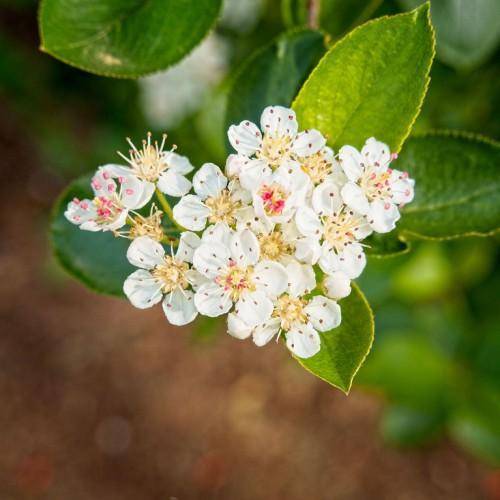
black chokeberry
Aronia melanocarpa
Also Known As - ChokeberryCycle:
Perennial
Watering:
Average
Hardiness Zone:
3 - 8
Flowers:
Flowers
Sun:
full sun,part shade
Soil:
Sandy Clay Rocky
Fruits:
Fruits In Autumn Ready In Fall
Edible:
Yes
Leaf:
Yes
Growth Rate:
Moderate
Maintenance:
Low
Drought Tolerant:
Yes
Thorny:
Yes
Invasive:
Yes
watering
Black chokeberry needs to be watered regularly in order to remain healthy and produce new growth. The most important thing to remember is to water your black chokeberry deeply but infrequently, allowing the soil to dry out between waterings. A good rule of thumb is to water every 3-4 days during the hottest months (April-October) and every 5-7 days during the cooler months (November-March). When watering, make sure to saturate the soil around the root zone of your plant and avoid over-saturating the root area. The amount of water required will vary depending on the conditions in your area, such as soil type, air temperature, wind, and sunshine. Generally speaking, your black chokeberry should receive about 1 inch of water each week. In order to ensure that your plant is receiving the proper water, you may need to check the soil on a regular basis to make sure it is neither too dry nor too wet.
sunlight
Black chokeberry should receive full sunlight for at least 6 hours each day for optimal growth. As this species naturally occupies moist, sunny locations, it is important to ensure it is located in a spot that receives ample sunlight. If grown in a container, as long as it is placed in a sunny, south-facing spot, it should receive adequate sunlight. Additionally, it can tolerate light shade and will still develop tasty, dark purple berries.
pruning
Black chokeberry should be pruned in late winter or early spring before the buds begin to swell. Pruning this vigorous shrub should be done annually to maintain its shape and beauty, and to promote abundant flower and fruit production. Pruning should be fairly minimal; only dead or diseased branches should be removed, as well as any branches that cross over each other or are crowded. Prune back larger branches to the desired shape, but avoid cutting back branches more than 1/3 of their original size.
